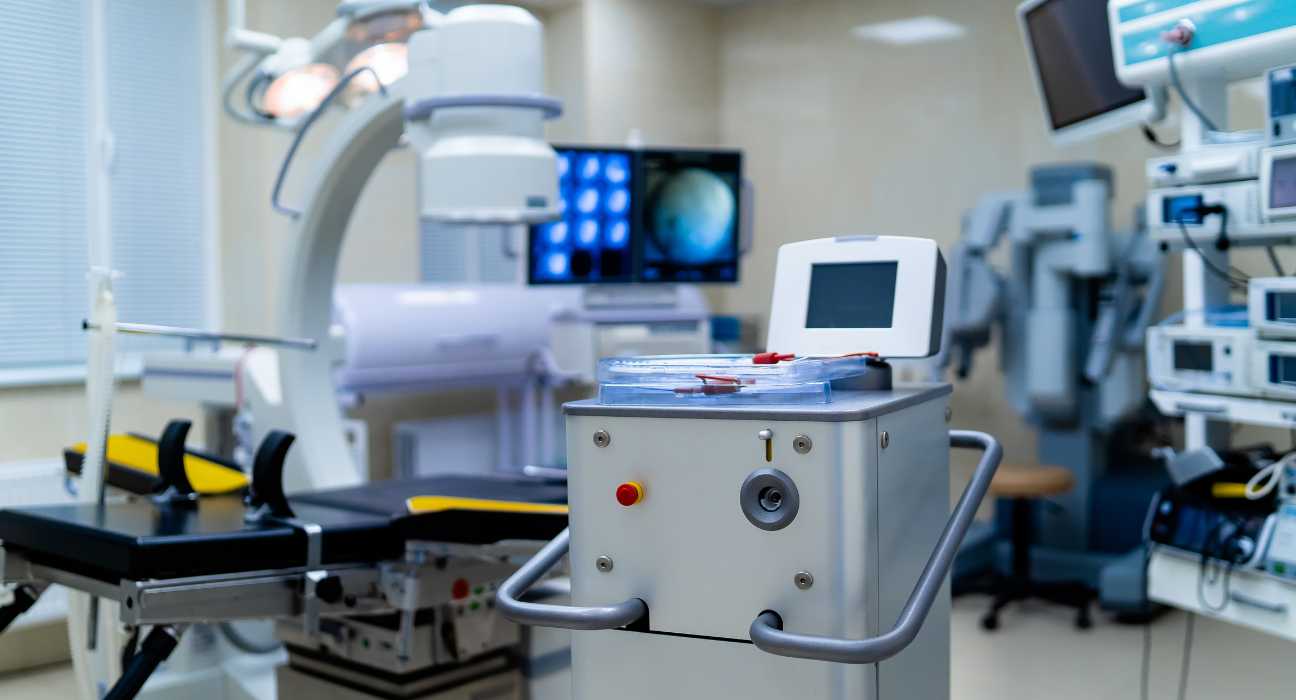How can ongoing advancements in healthcare truly improve patient outcomes and safety? What processes confirm that clinical equipment works accurately and consistently across healthcare settings? Patient safety is paramount, making it essential to verify every device’s reliability and functionality.
Medical Device Verification and Validation are critical steps in confirming these tools meet rigorous standards. Here, we focus on how these processes contribute to safety, trust, and reliable performance in healthcare. Read on to discover how these steps protect patients and enhance confidence in medical technology.
Building a Foundation for Device Reliability
Device testing and assessment form a foundation that ensures the tools work without flaws. These processes evaluate every component to confirm it performs exactly as designed. Verification and validation protect users from any potential malfunctions or performance issues. With a reliable foundation, this equipment can deliver safer outcomes for recipients. Here are some major factors associated with building a foundation:
- Implementing strict quality control at each development phase.
- Setting clear performance standards for consistent device functionality.
- Utilizing advanced testing technologies for early issue detection.
- Conducting regular audits to ensure regulatory compliance.
- Continuously monitoring tools post-deployment to address emerging risks.
Reducing the Risks Associated with Device Failure
One key role of equipment confirmation and approval is mitigating risks linked to failure. Developers identify and resolve potential problems by thoroughly examining each device early on. This preemptive approach minimizes errors impacting users’ safety. Validation ensures the final product is consistent and performs as expected in real conditions. Every testing step focuses on safeguarding individuals from unforeseen risks associated with device usage.
Regular maintenance and post-market surveillance further reduce the risk of device failure over time. By monitoring equipment performance, manufacturers can quickly address any emerging issues. This proactive approach extends the device’s lifespan and maintains its reliability. Continuous improvements based on real-world feedback help uphold safety standards, providing confidence to both users and healthcare providers.
Ensuring Consistency in Performance Across Varied Scenarios
Verification and validation help establish that medical tools function reliably across different environments. Through comprehensive testing, these processes confirm performance consistency under various conditions that might impact use. This consistency reassures healthcare providers, improving their trust in using these devices for clients. Testing includes simulations of real-life situations to validate stable performance every time. By enhancing consistency, these processes contribute significantly to safety in diverse healthcare applications.
Consistency testing also considers factors like temperature, humidity, and movement, which can affect device functionality. This thorough examination ensures that tools remain effective, even in challenging settings. By preparing for these variables, manufacturers can deliver devices that perform reliably in any healthcare environment. This attention to detail ultimately strengthens user confidence and promotes better patient outcomes.
Facilitating Compliance with Regulatory Standards
Thorough review and validation ensure the tools align with essential standards and regulatory guidelines. This compliance strengthens device safety by meeting required legal standards for effectiveness and security. Regulatory bodies prioritize these checks to reduce potential hazards linked to equipment failures. Adhering to these standards promotes transparency and trustworthiness in the medical tools industry. It reassures professionals and care recipients that safety is a primary focus throughout development.
Maintaining compliance also helps streamline the approval process, allowing devices to reach the market more quickly. By following regulatory guidelines closely, manufacturers can avoid costly delays due to compliance issues. Consistent adherence to standards reinforces a commitment to safety and quality. This dedication builds a positive reputation, fostering long-term confidence among users and regulatory bodies alike.
Enhancing User Confidence Through Thorough Testing
Thorough testing through verification and validation helps build users’ confidence in medical devices. When a tool undergoes rigorous validation, it reinforces trust among healthcare providers and end users. Confidence in the components is crucial, impacting treatment outcomes and patient satisfaction. This assurance empowers professionals to rely on devices, enhancing the quality of patient care. In turn, individuals feel more comfortable using tools undergoing extensive safety checks.
Clear communication about testing protocols further boosts user confidence in the device’s reliability. By sharing detailed testing results, manufacturers provide transparency, reassuring users about product safety. This openness builds trust and fosters a positive relationship between developers and healthcare professionals. Ultimately, a well-tested device becomes a trusted tool that supports high-quality patient care.
Contributing to a Culture of Continuous Improvement
Medical equipment inspection creates an environment where continuous improvement becomes a standard practice. Through consistent feedback and adjustments, these processes help manufacturers enhance device safety over time. By examining the components meticulously, developers identify areas for improvement and adjust accordingly. This cycle of verification and validation encourages ongoing safety advancements in medical technology. As safety standards evolve, these processes adapt, ensuring the tools remain effective and secure.
Prioritizing thorough Medical Device Verification and Validation directly enhances patient safety and institutional reliability. Collaborating with reputable providers ensures rigorous testing standards are met, reinforcing equipment dependability in healthcare. This partnership supports proactive improvements, ensuring clinical equipment consistently performs under real-world conditions. Trustworthy validation services empower medical institutions to deliver safer, higher-quality care for every patient.

